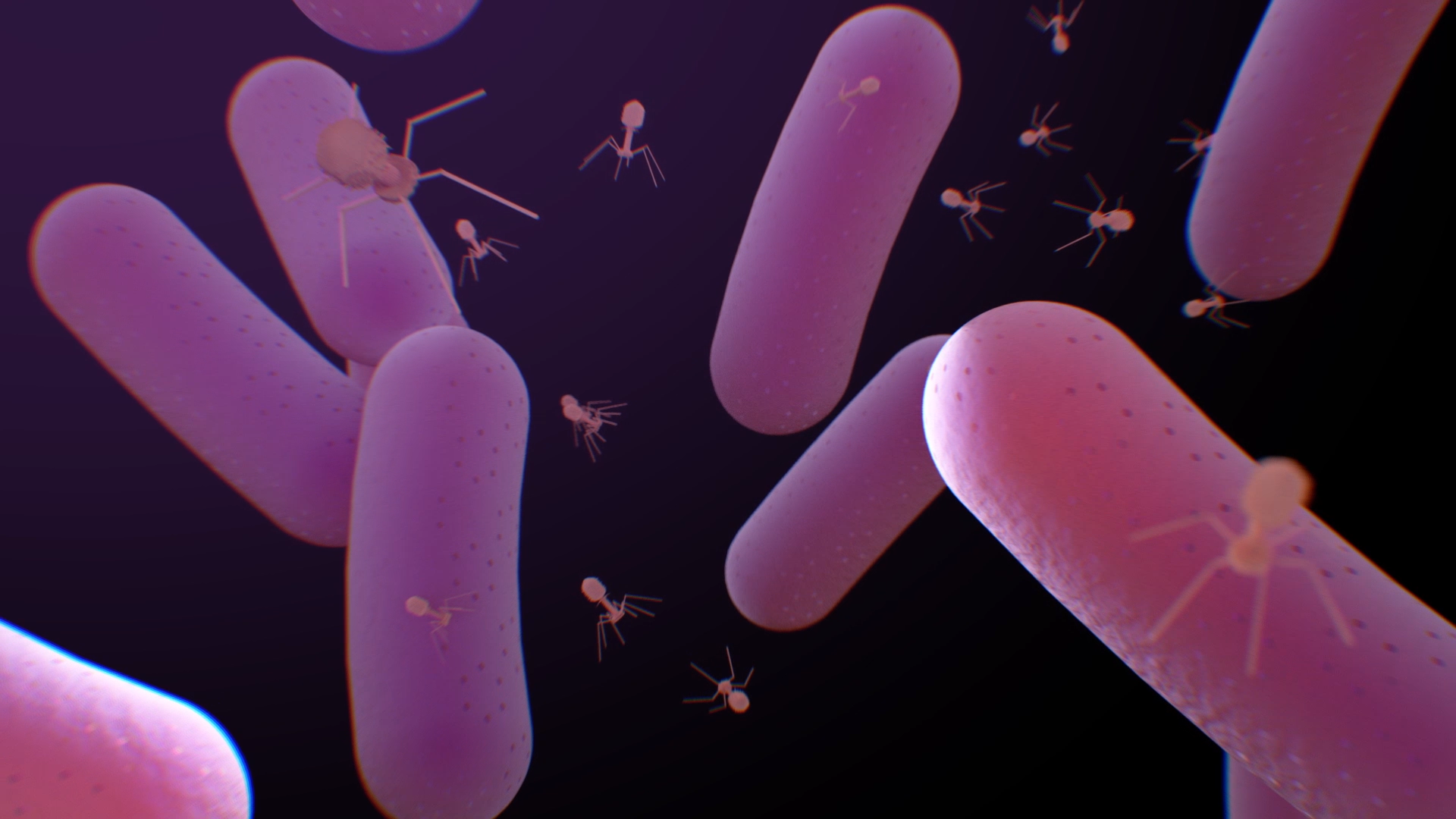Search

Structural determinants of long term functional outcomes in young children with cystic fibrosis BACKGROUND: Accelerated lung function decline in

Dissecting the regulation of bile-induced biofilm formation in Staphylococcus aureus. Aspiration of bile into the cystic fibrosis (CF) lung has
Development and validation of a miniaturized bacteriophage host range screening assay against antibiotic resistant Pseudomonas aeruginosa

News & Events
A new phage discovery in the fight against Antimicrobial ResistanceJack Canning, a PhD researcher in the Wal-yan Respiratory Centre’s Phage WA team, has made a significant finding in the search for alternative treatments to antimicrobial-resistant (AMR) bacteria.

Elucidating the Interaction of CF Airway Epithelial Cells and Rhinovirus: Using the Host-Pathogen Relationship to Identify Future Therapeutic

Respiratory infection rates differ between geographically distant paediatric cystic fibrosis cohorts ABSTRACT Respiratory infections are a major

Assessment of p.Phe508del-CFTR functional restoration in pediatric primary cystic fibrosis airway epithelial cells Abstract Background Mutations in

Quantitative assessment of airway dimensions in youngchildren with cystic fibrosis lung disease using chestcomputed tomography Abstract Objective: To

Lung Clearance Index and Structural Lung Disease on Computed Tomography in Early Cystic Fibrosis Abstract Rationale: The lung clearance index is a

Initial acquisition and succession of the cystic fibrosis lung microbiome is associated with disease progression in infants and preschool children
